Herbs and spices are not only a great way to add flavor to low histamine recipes, but they also each carry their own array of nutrients. Often these come in very concentrated forms, as reflected in the plants' strong flavors.
Many of these are also naturally antihistamine foods, meaning they act to somehow stabilize the mast cells and dampen the unwarranted release of histamine. Low histamine spices and herbs are both great to use in a variety of dishes, with some even being better suited to desserts. I've divided the herbs as such, with the Sweet, Versatile, and Savory herbs and spices all listed separately below.
It can be difficult to describe any given herb or spice to someone who's never had it, as there is aroma and flavor to consider, both of which are highly affected by cooking. I recommend that if you'd like to try a new herb or spice, maybe after reading what health properties it may have, you first try it in a recipe that appeals to you.
I've done my best to link a low histamine recipe or two that uses each herb or spice next to the name. For those less familiar with using spices in particular, while most herbs are just fine to eat fresh and raw, almost all spices taste better when cooked. Check out this primer on "blooming" raw spices in oil.
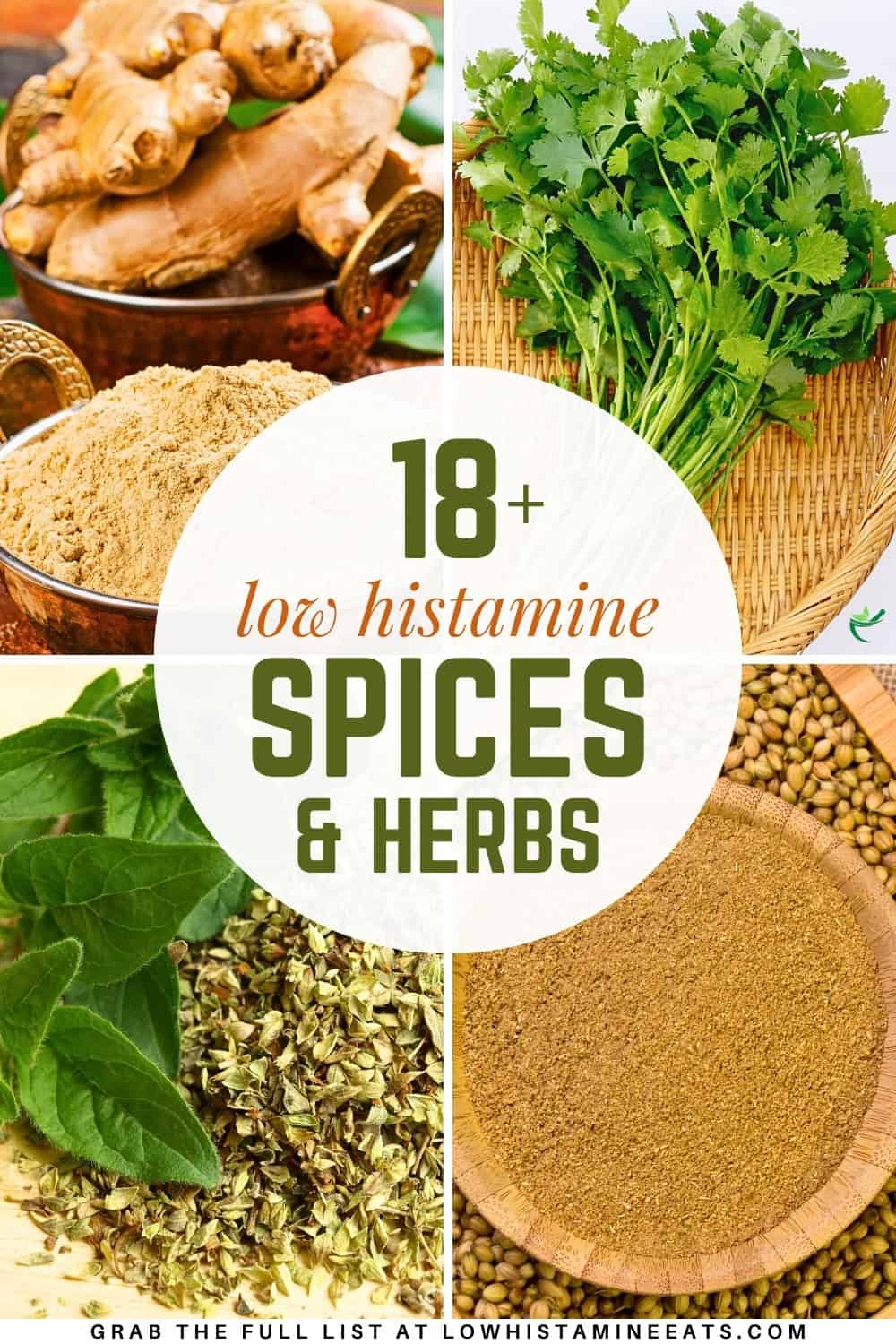
Jump to:
🌿 Sweet Low Histamine Herbs & Spices
These are the herbs and spices which are heavily associated with sweet dishes, and safe for consumption with histamine intolerance. As always, you should only introduce herbs and spices one at a time over the course of a few days, otherwise it can be hard to pinpoint which newly-introduced foods may be causing any given trouble.
Cardamom
This floral, lightly citrusy seed is native to India and add a beautiful complexity to coconut- or milk-based dishes. As it's gained in popularity in recent years, cardamom prices have continued to rise, much low the other sweet low histamine spices listed here. Try these honey cardamom cookies for a more unusual use of the spice.
Saffron
Saffron is a famously very expensive spice, common in Indian and Middle Eastern desserts. Likely because of the cost, nobody has published any low histamine recipes with saffron, as far as I can tell, but it has been shown to lessen symptoms of histamine intolerance.
Vanilla Bean
With its woody, lightly bitter, and very complex flavor, vanilla bean is often cheaply replaced by vanillin, an artificially-produced vanilla flavoring.
Watch out for artificial versions of this spice, as its rising cost over the last decade has resulted in a bevy of imitation extracts. For a recipe using vanilla powder, try my vanilla almond cookies.
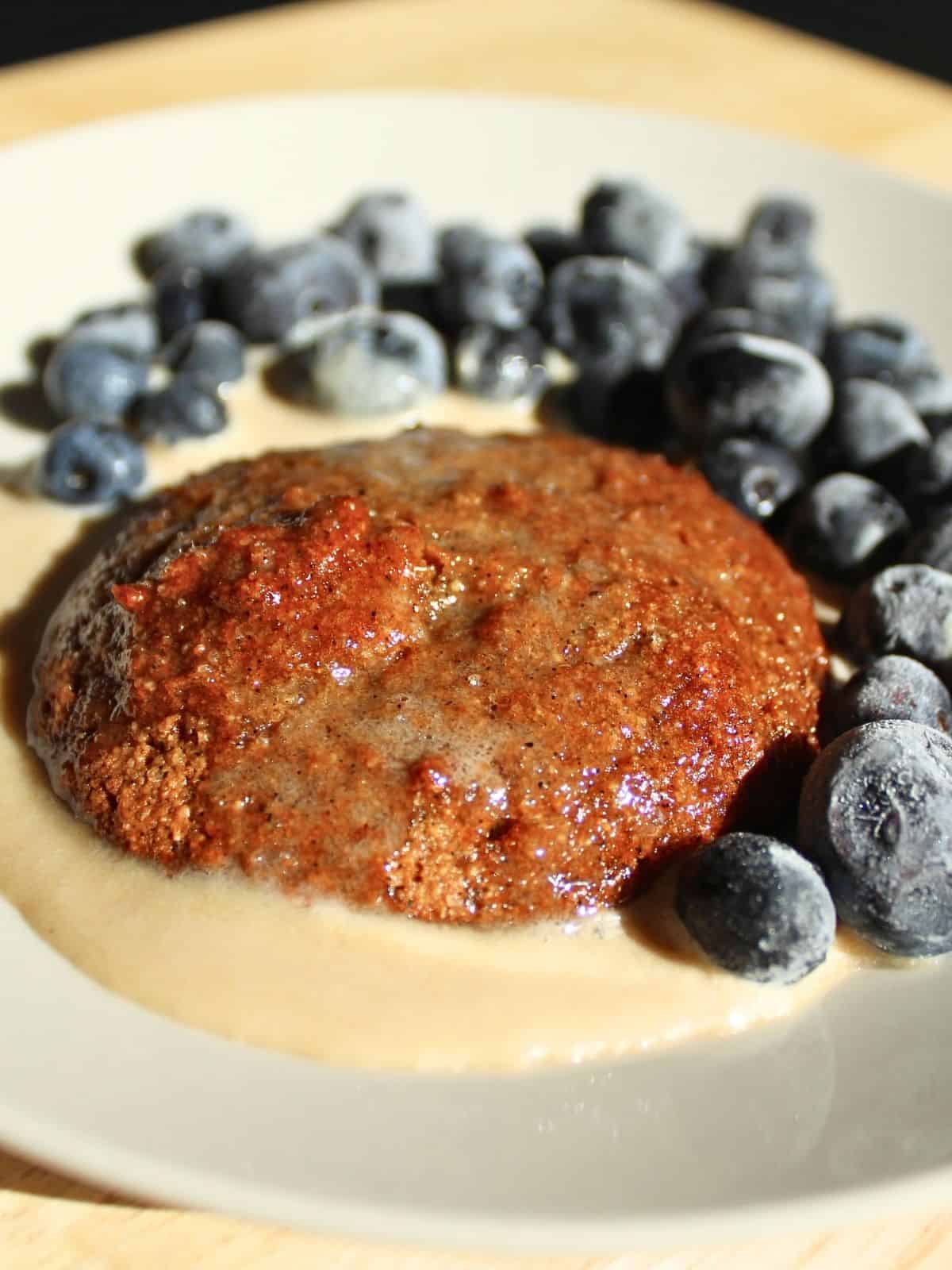
🫚 Versatile Low Histamine Herbs & Spices
Black Cumin
Also known as nigella sativa, black caraway, or even simply black seed, the flavor of this potent antihistamine spice is often compared to a blend of toasted cumin and fresh oregano. I like using it in spice blends for soups, curries, and other savory dishe.
But I also really enjoy it in one of my favorite low histamine desserts (see: halva). You can also use this in the form of black seed oil, which is great to add to salad dressings.
Caraway
This licorice-like fruit, often mislabeled as a seed, has been used as a spice throughout Western Asia, Europe, and Northern Africa for thousands of years. The flavor has strong anise undertones, and its most global use has been in rye breads and sweets whose recipes largely originate in Northern Europe.
Much like fennel seed, listed below, caraway is most often used in stews and sauces to add to the dish's overall complexity.
Coriander Seed
Not to be confused with coriander leaf, these small seeds are most often found in ground form, but can also be bought whole and ground at home. The flavor they add is warm and lightly citrusy, but they're rarely used by themselves.
Most often they're blended with other herbs and spices to form the base for a stew or curry. Because of its natural citrus notes, coriander seed goes great in this dukkah recipe.
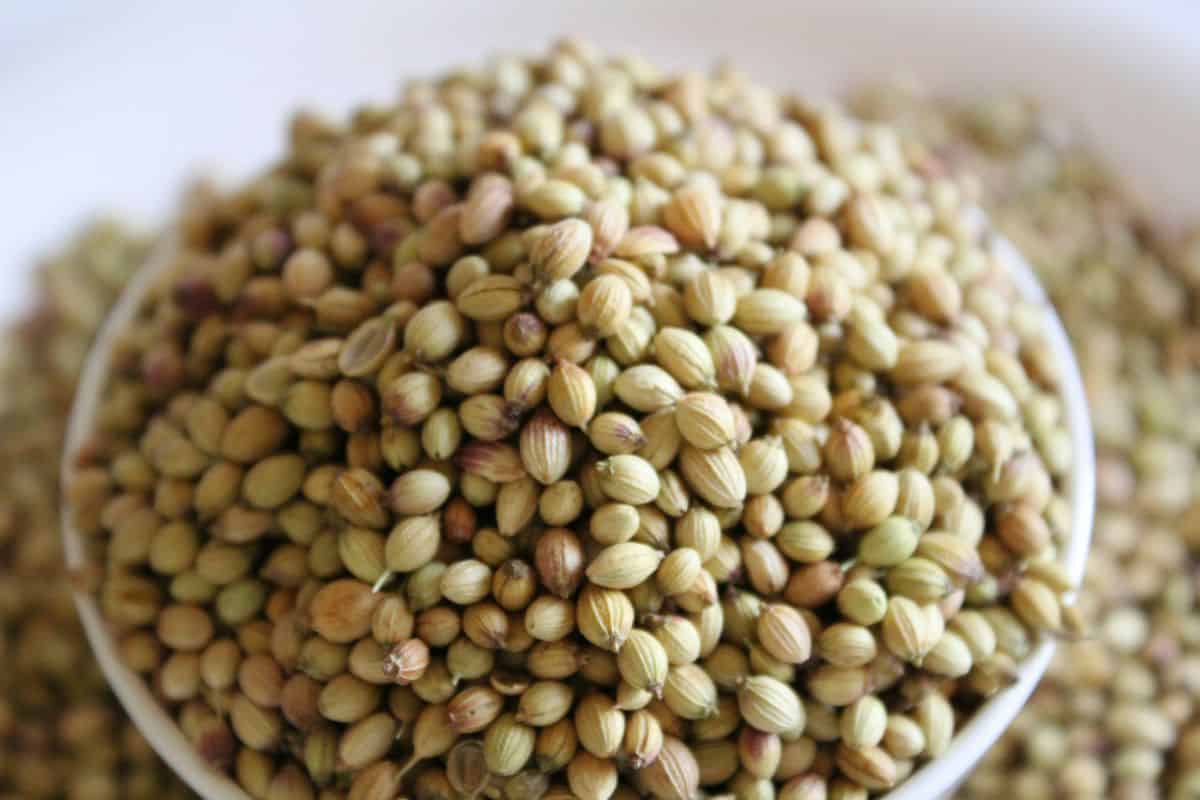
Fennel Seed
Much like the caraway seeds mentioned above, fennel seeds are known for their anise-forward flavor, and a mild sweetness. If you've ever seen colorful little seeds in a bowl as you leave an Indian restaurant, those are actually candied fennel seeds.
Fennel is traditionally chewed after a meal to promote fresh breath. For a low histamine recipe using fennel seeds, check out this nigella seed & squash stew.
Ginger
Possibly the best-known low histamine spice, ginger is the sharp, mildly sweet root of a flower; it's been used for thousands of years in dishes both sweet and savory. Most people use fresh ginger root, but you can also find it frozen whole, dried & ground, as a puree, and even juiced.
I've featured ginger in a multitude of recipes, including in my simple crispy kale, antihistamine green smoothie, and baked cauliflower.
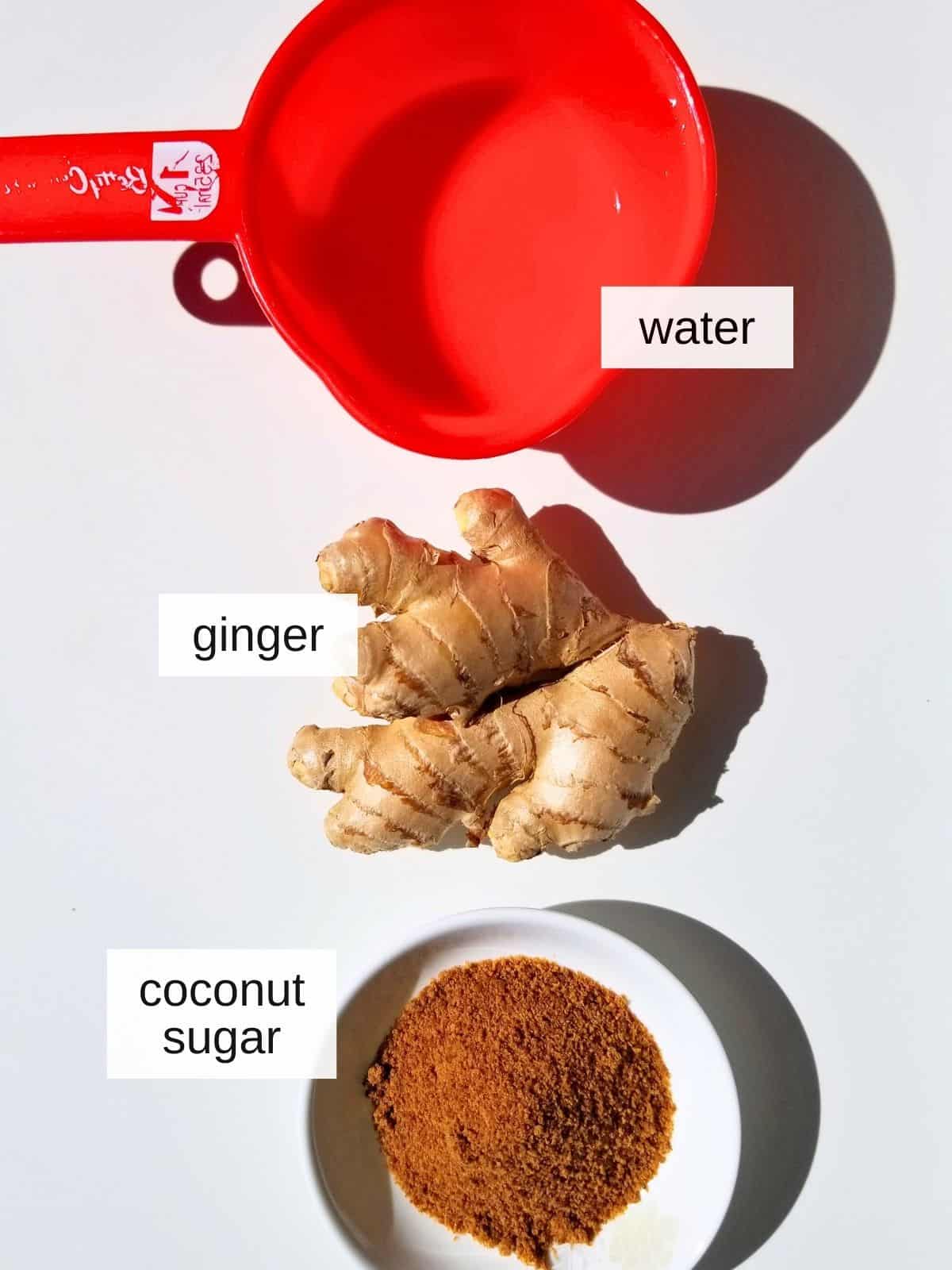
Mint Leaves
All members of the Lamiaceae (mint) family are low histamine, offering varying degrees of cooling, complex, and bittersweet undertones. In this case the category of 'mint' includes both spearmint and peppermint.
However, the latter leaf is almost exclusively used in sweet dishes, such as my low histamine mint ice cream. Spearmint is much more common in savory dishes, famously paired with lamb and often a part of herb blends common in Southeast Asian dishes.
Rosemary
One of the most common herbs in North America, rosemary is yet another member of the antihistamine Lamiaceae family of herbs. It's famously paired with root vegetables and red meats thanks to its piney, citrusy flavor.
If you'd like to try cooking with it, I recommend my antihistamine herb butter recipe or rosemary lamb skillet, though many people also enjoy making sweets with rosemary, like lattes or cakes.
Turmeric (Curcumin Powder)
Much like ginger, turmeric is a root which has been used in cooking as well as coloring fabrics for hundreds, if not thousands of years.
Thanks to its high curcumin content, turmeric is a potent histamine antagonist, meaning that it inhibits histamine release from mast cells. This low histamine spice can be used to color desserts and drinks, but it's most commonly used in savory stews and on grilled meats.
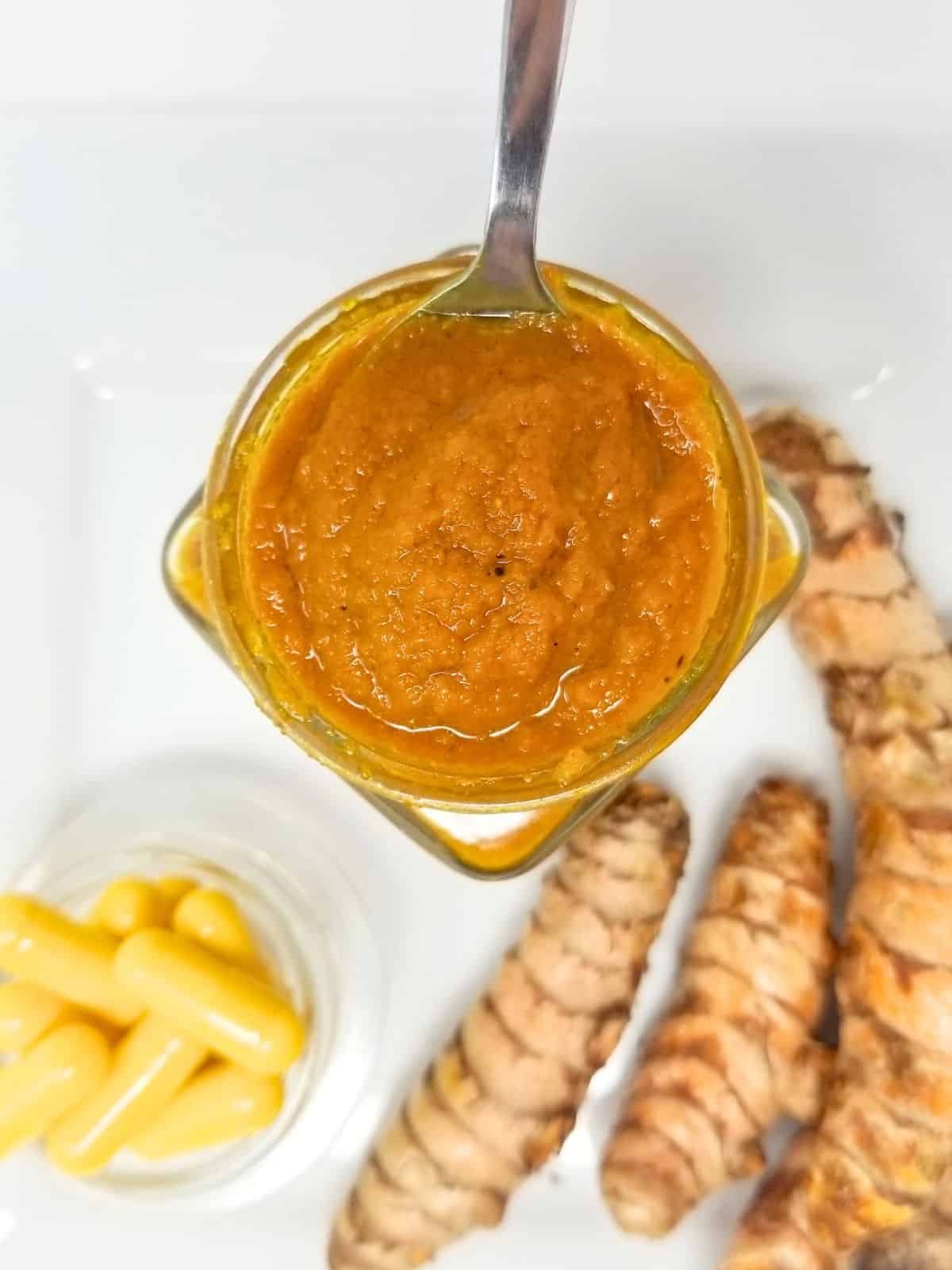
🧄 Savory Low Histamine Herbs & Spices
Basil (esp. Holy Basil)
There are dozens of types of basil in cultivation, but there are three primary flavors of basil that are generally easy to find: sweet basil, holy basil, and Thai basil. All three have strong mast cell-stabilizing effects, but holy basil, also called Tulsi, is known to have the strongest effects.
You can consume holy basil in the form of tulsi tea, and regular basil in dishes like chicken pesto, or Thai basil in lemongrass chicken.
Cilantro (Coriander Leaves)
Infamous for tasting like soap to some people, cilantro is also an incredibly nutritious low histamine herb with detoxifying properties and a small amount of a wide variety of nutrients. If you can handle the flavor of cilantro, it adds a nice citrusy note when chopped into salads, onto grilled chicken, or in rice.

Cumin
Cumin is the most contentious low histamine spice on this list, but I have yet to find any studies at all which have shown it to have histamine-releasing qualities. In fact, the only study I was able to find was this one, which includes Cuminum cyminum as one of the 3 herbs blended together.
The study found that the blend was able to effectively lower the fever and cough in covid patients (who notoriously experience widespread inflammation related to the illness).
I'm not sure where the idea that cumin is a histamine liberator comes from, but the science doesn't currently back that up. My lentil stew recipe makes great use of a small amount of cumin, if you tolerate the other low histamine spices used.
Garlic
While garlic may not seem like an herb or spice, much like ginger or turmeric, it is an integral component of many dishes. Not only does it add umami, but it give a complex, sharp tang to dishes, as well as having antibacterial and anti-inflammatory properties of its own.
Garlic isn't well-tolerated by those who have issues with sulfur, but otherwise it's a great addition to dishes in either roasted or raw form (depending upon the dish). It really livens up side dishes, like baby bok choy or even brussels sprouts.
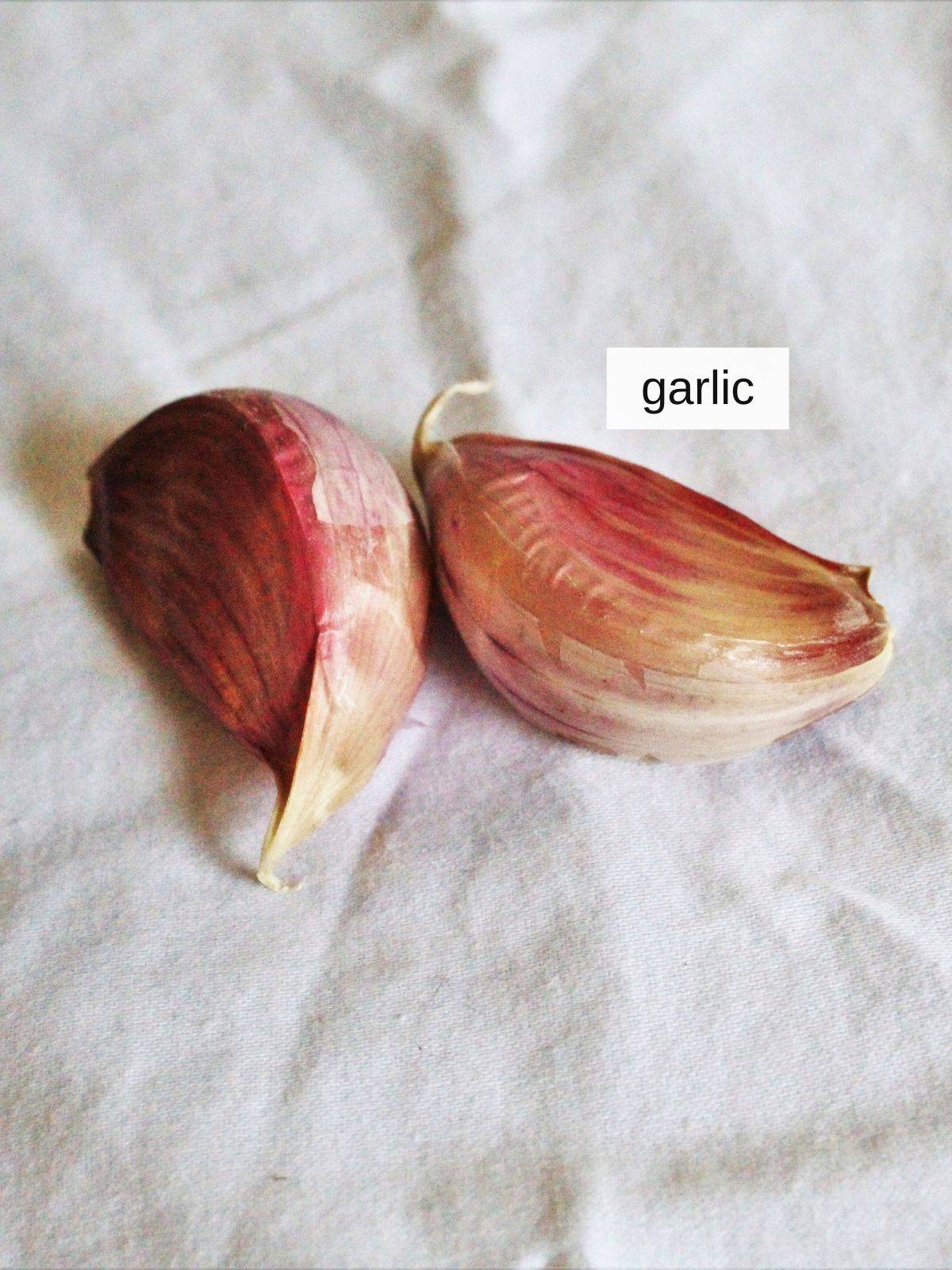
Green Onions
There are several different types of green onions, but I'd also group shallots, chives, and leeks in with them. They have health properties and flavors very similar to those of green onions, and all of them are also low histamine.
Whichever types you have access to, green onion is great because it adds a light onion flavor to dishes such as fried rice or almost any vegetable soup. You can even grow more if you put the roots in water right after chopping off the leaves.
Lemongrass
Although not very common in the Americas or Europe, lemongrass is a potent herb common in Southeast Asian cuisine. Its flavor is comparable to lemon oil + citronella, that is to say, herbal and lemony but not tart.
While it does grow as a grass, the root of lemongrass is the flavorful part, and therefore the part that's used in cooking. You can usually find it frozen or fresh at Asian supermarkets, and it pairs very well with other low histamine herbs and spices, as in my lemongrass chicken recipe.
Oregano
This small leaf is the source of one of nature’s strongest natural antimicrobials— oil of oregano. The flavor it adds is incredibly earthy, with an edge of bitterness like that found in lemon peel. Most people strongly associate the flavor of oregano with pizza and pasta, so it's good to use in a recipe like red pepper pizza sauce.

Thyme
The leaves of the thyme plant are deceptively tiny for how much flavor they hold. There are over a hundred types of thyme, but the most common type has a mildly earthy flavor with minty and citrusy undertones, which make it perfect for blending with other herbs.
You can find thyme in either fresh or dried form, and because it's related to oregano, it makes for a decent substitute for oregano in dishes.

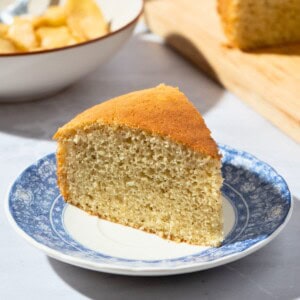











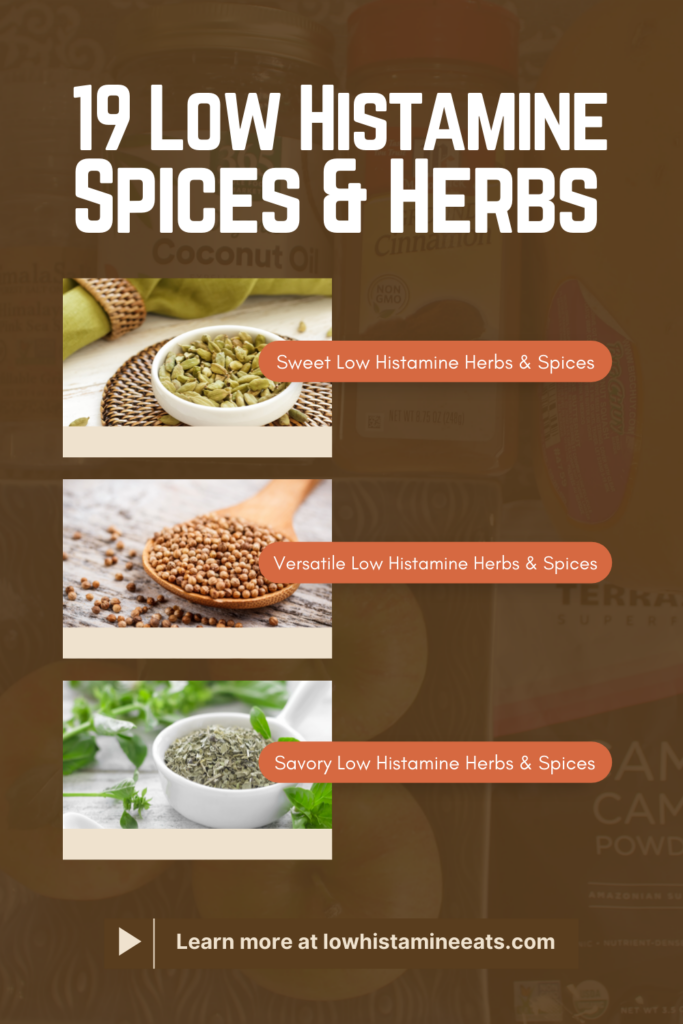
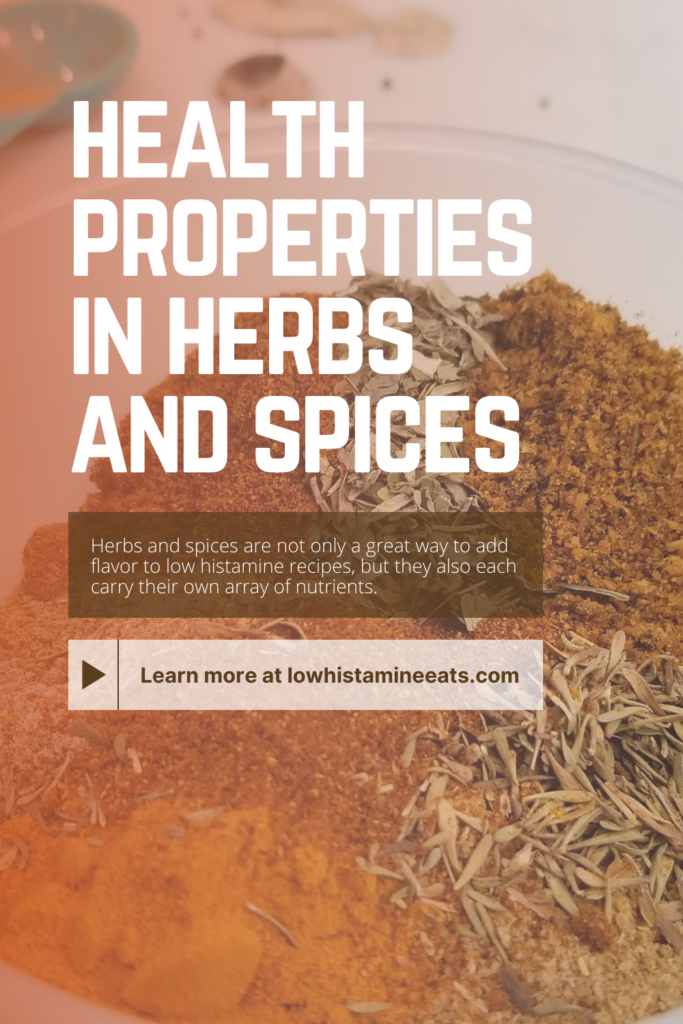
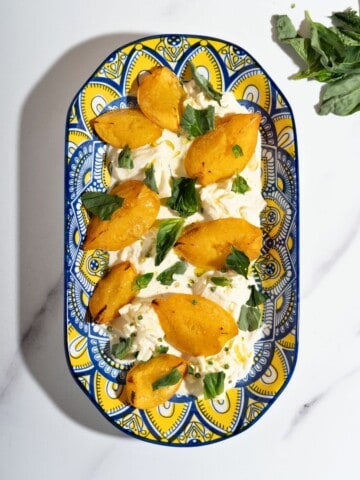
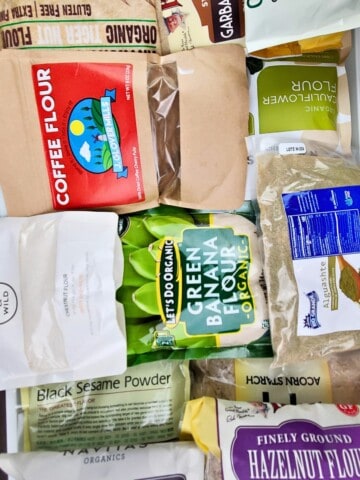
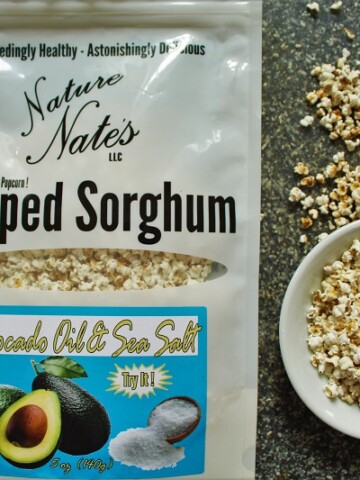
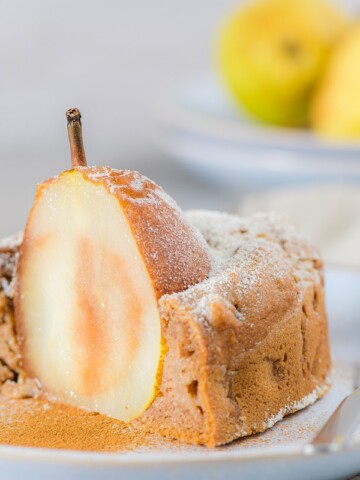
Michele says
Thank you sooooooo much. I was researching rosemary and learned so much more! After the CoVid double jab, I now have MCAS (mast cell activation syndrome) and am afraid of almost every food. I've been on an extremely limited diet for years now. Got weight back up from an alarming 110# to 119.6#. Striving to get back to my perfect 127#. Because of you, I'm having a real dinner tonight rather than 4 sticks of string cheese (50% reduced fat mozzarella). Yep, that's been my dinner for years now. I DO know about SIGHI but...
Max says
Oh my goodness, that sounds familiar, unfortunately... I'm sorry you're dealing with that, and I'm glad that you've been able to gain some weight back - the more you have to restrict, the harder it is to keep up your weight and feel more normal. Have you been able to see a nutritionist at all? I'm studying for my nutrition degree and have been learning SO much about gut problems, MCAS included (surprisingly), and that may be your best bet for finding someone knowledgable enough to help with your particular situation, at least insofar as a meal plan. I'm happy you're enjoying a real dinner tonight, and I hope you're able to keep it up! Sending big hugs!
Trevor says
Excellent article, thank you. I read tumeric requires pepper to activate? Is there any point to taking tumeric on it's own? Is cayenne pepper ok? Do you think that would activate the tumeric?
Max says
Thanks, Trevor! So black pepper does help make turmeric's curcumin (highly antioxidant component) more bioavailable, but is not required in order to make it useful; it just makes it more useful. But black pepper's component which makes the curcumin more bioavailable is piperine, which doesn't exist in other types of pepper, since they come from different plant families, so if you can't tolerate black pepper, then I'd just leave it out, not try to replace it.
Michele says
Trevor, that piperine (or sometimes bioperine) make the turmeric more bioavailable but only because it/they irritate the intestinal lining. The healthiest, best, safest way to make turmeric more accessible is to also have a healthy fat with that meal or supplement. I opt for either organic extra virgin olive oil or organic sesame seed oil. Both of those oils have amazing benefits!!!!
Sara says
Thank you so much.. Been having severe off& on flare ups on my hands eye area ..less on neck & arm..I suspect it’s my diet it’s too high histamine..??Its amazing good info..I hope it’ll help me down the road..Thank You:)
Max says
It's my pleasure, Sara. I'm sorry you've been dealing with that, but I'm glad you've found this helpful!
Diane says
I am so grateful that you provided this. I am still trying to find out what I can eat and this is valuable to me. Thank you! I made some Indian Rice and Lentil porridge yesterday leaving out most of the flavorful herbs. It was too bland. I'm now going to add in cumin and turmeric to make it palatable.
Max says
That sounds delicious! I'm glad to have been of any help.
Liz says
This is a great article , my issue is also Latex crossover reactive foods along with the histamine issue. I am trying to find fruits to start to add to my diet . My body quit absorbing nutrients so working with my nutritionist I have been able to get up to 8 foods. I am trying to add more fruits, tried black grapes they made me sick ( only had 2 of them) . Your articles I am finding very interesting.
Max says
That's a lot of stuff to be avoiding! I'm sorry you're dealing with so much right now, but I'm glad you're finding some helpful info.